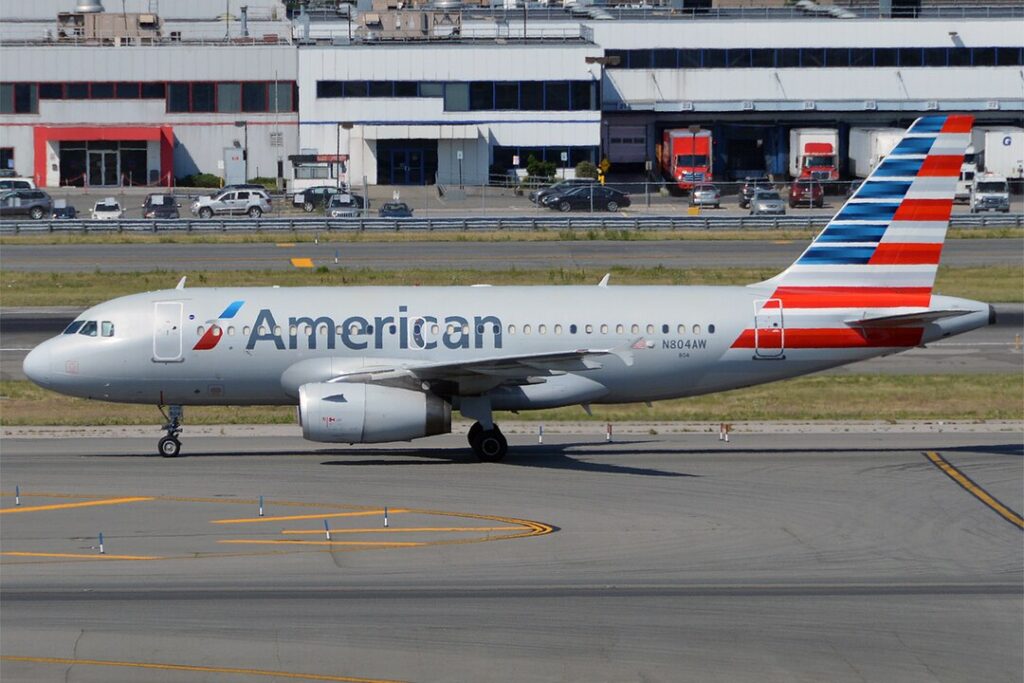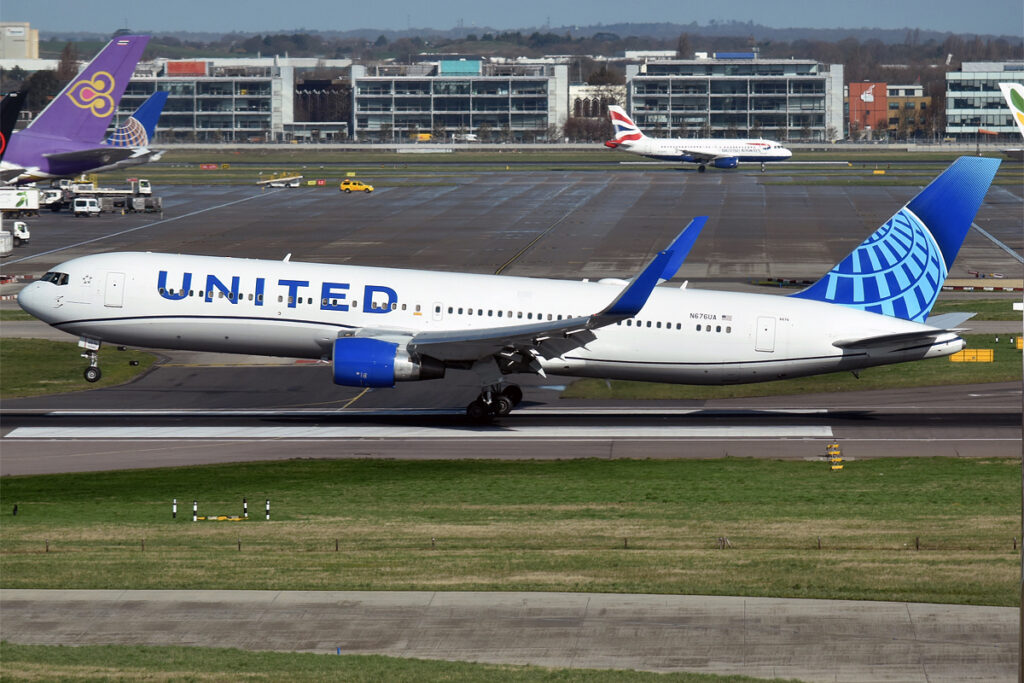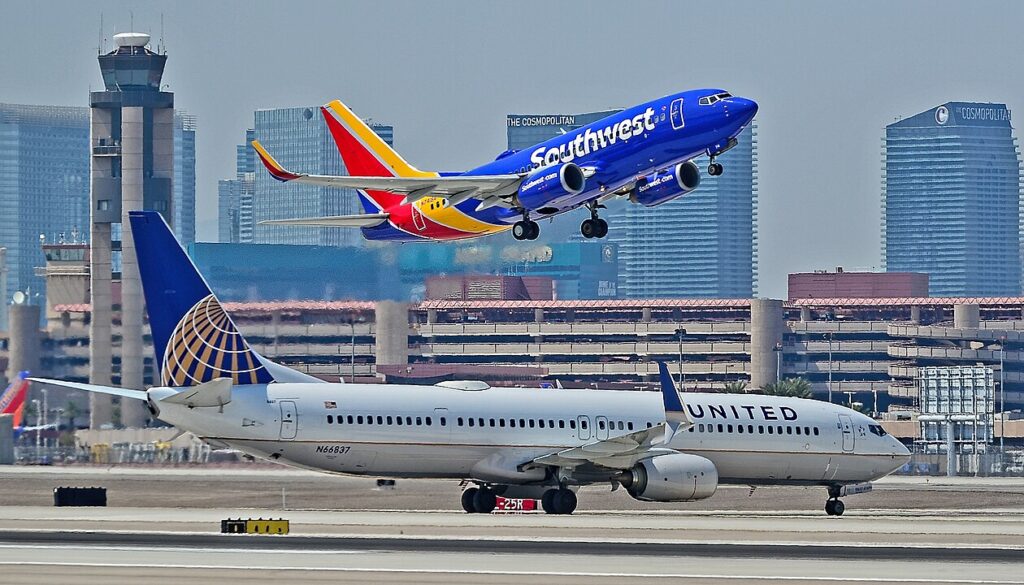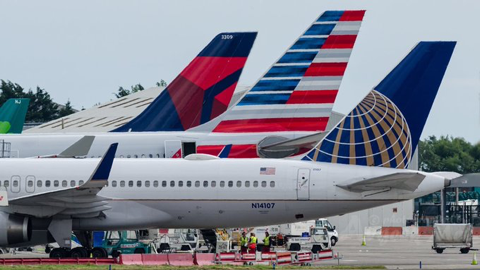NEW YORK- American Airlines (AA), Southwest (WN), United (UA), and Alaska Airlines (AS) are engaged in a mediation process overseen by the National Mediation Board, which operates as an independent federal agency.
This board holds the authority to potentially avert a strike by determining whether a deadlock in negotiations has been reached.

American Southwest United Strike
Under the Railway Labor Act, this mediation board manages and determines the duration of the mediation process. The board has already rejected a request from the Southwest Pilots union to be released from their mediation with the airline.
As the Railway Labor Act stipulated, “The [National Mediation Board] can keep the parties in mediation indefinitely, so long as it feels there is a reasonable prospect for settlement.”
However, if mediation proves unsuccessful, the [board] must make efforts to persuade the parties to submit the dispute to binding arbitration, which can only proceed with the consent of both parties.
Reaching the point of a strike involves a protracted process. The system is structured to exhaust all possible avenues to prevent a work stoppage in order to safeguard the nation’s transportation infrastructure.

30-day status quo period
In the event of a deadlock, should either side reject binding arbitration, both parties are required to maintain the existing conditions for a 30-day period. During this timeframe, the National Mediation Board must assess whether the dispute poses a substantial threat to “interrupt interstate commerce to a degree such as to deprive any section of the country of essential transportation service.”
If such a threat is identified, the agency must notify the president, who has the authority to establish a Presidential Emergency Board. This emergency board conducts investigations for an additional 30-day period and subsequently provides nonbinding recommendations for resolving the dispute.
Throughout the various stages of this process, including the initial 30-day period and an additional 30 days following the issuance of the Presidential Emergency Board’s report, both parties are obligated to maintain the status quo and refrain from employing self-help measures. While not explicitly outlined in the Railway Labor Act (RLA), the National Mediation Board typically collaborates with the parties to encourage a last-minute settlement or voluntary extension of the status quo.
Once the final 30-day status quo period concludes without a resolution, the parties are free to resort to self-help and cannot be prevented from doing so.

Release from Mediation
In essence, the airlines and the unions are subject to the decisions of the National Mediation Board, which can keep them engaged in negotiations indefinitely. While this is unlikely to occur, a release from arbitration essentially initiates the countdown.
Considering that all four airlines have reached an impasse, it is possible that further requests for release from arbitration may be made in September. Suppose the mediation board grants any of these requests, each one being independent. In that case, it will signify the commencement of the process that could potentially lead to unions going on strike, possibly coinciding with the holiday season.
Southwest’s pilots, flight attendants, and American flight attendants have voted to authorize a strike. However, Alaska Airlines and United Airlines flight attendants have not taken this step. All four airlines have publicly expressed confidence that negotiations are progressing toward agreements with the unions that would avert a work stoppage.
Stay tuned with us. Further, follow us on social media for the latest updates.
Join us on Telegram Group for the Latest Aviation Updates. Subsequently, follow us on Google News.

